#Théophile Schuler
Text

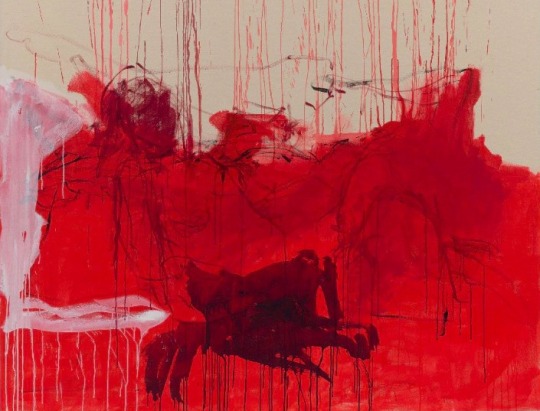

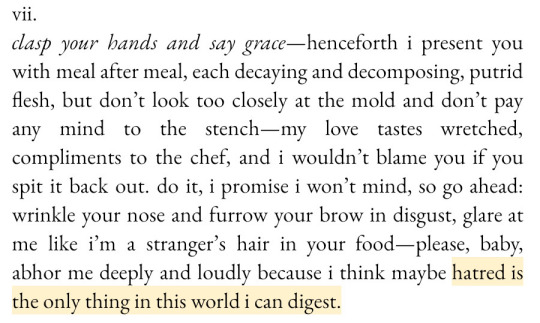

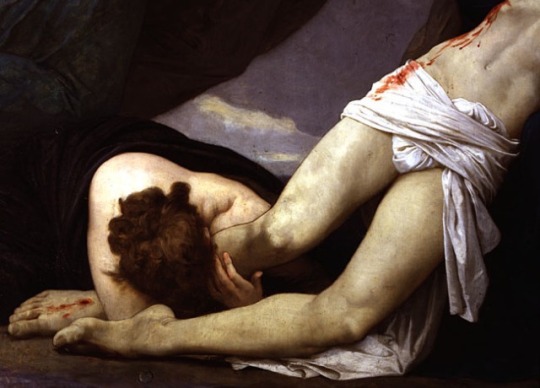



so let’s get swallowed whole, i wanna go where no one else will ever go
sam sax // tracey emin // sonya vatomsky via @geryone // @anouri // sam sax // william adolphe bouguereau // natalie diaz via @feuillesmortes // donna tartt // théophile schuler // sleep token
#web weaving#love as violence#sorry about the blood in your mouth. i wish it was mine#doomed love#mine#sam sax#tracey emin#sonya vatomsky#william adolphe bouguereau#natalie diaz#donna tartt#the goldfinch#sleep token#théophile schuler
296 notes
·
View notes
Text
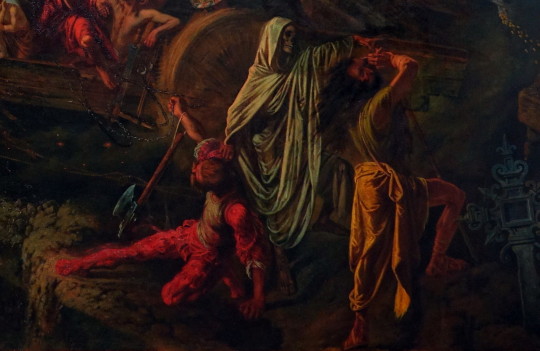
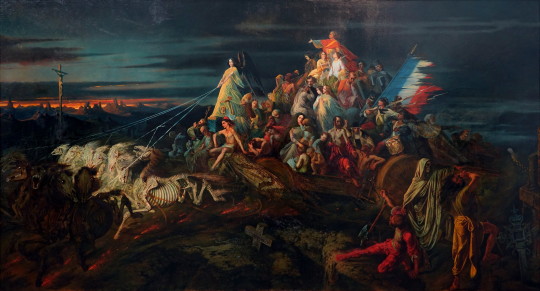
Théophile Schuler - The chariot of death, 1848-51.
178 notes
·
View notes
Text
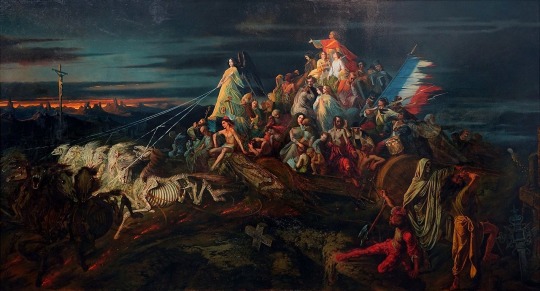


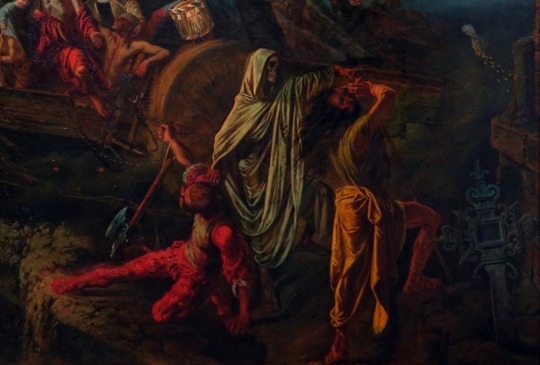
Théophile Schuler (1821-1878), “The Chariot of Death” (1848), oil on canvas, 355 x 190 cm.
145 notes
·
View notes
Text

#Théophile Schuler#the chariot of death#Le char de la mort#allegory#aesthetic#painting#art#beautiful#good mood#thoughts#photography#good vibe#dreams#beautiful colors#humanity#men's world#world in my mind#creativity#modern art#postmodernism#surrealism#cubism#death#1800's
12 notes
·
View notes
Text

THE CHARIOT OF DEATH(1851) by THÉOPHILE SCHULER
The painting is inspired by medieval and early Renaissance Dances of Death, especially HANS HOLBEIN THE YOUNGER'S. Similar to earlier paintings, SCHULER depicts people of all ages and occupations, including the Pope, the King, the young mother (reconstructed from the artist’s sister), the fool, the poet, the sick man, the lawyer, the murderer, the Indian, the Arab, and the young Napoleon... all victims of death.
A special emphasis is placed on artists (among them DANTE and a self-portrait of SCHULER), who are at the top of the pyramidal composition, and on FRENCH revolutionaries, with whom SCHULER had empathized.
The angel of death is in the centre of SCHULER'S painting, a young, beautiful, but cold-faced young woman with black hair, black wings, driving a chariot while looking directly at the viewer.
The other personification of Death is the skeleton in a shroud in the lower right-hand corner of the painting. The skeleton grabs an executioner with his right hand and drives the WANDERING JEW away with his left hand, which is a typical ANTI-JUDAISM motif.
On the opposite side of the diagonal starting bottom right with the WANDERING JEW is a wayside cross, which the chariot is only driving by. SCHULER thus raises the question of the meaning of death and alludes to the inability of religion to provide an answer.
#the chariot of death#Théophile Schuler#romanticism#allegorical painting#allegorical art#romantic art
2 notes
·
View notes
Text
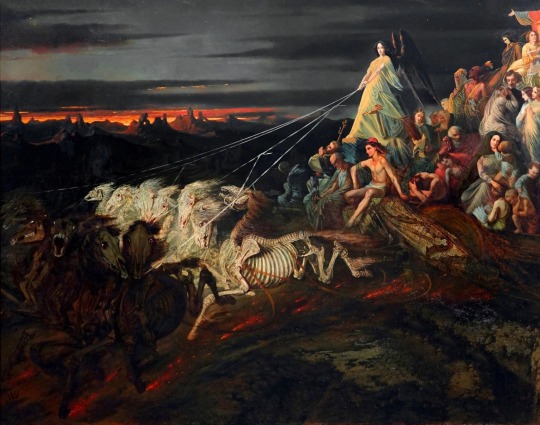

The Chariot of Death (1848)
— by Théophile Schuler
#painting#art#dark art#artblr#oil on canvas#oil painting#goth#gothic#gothcore#spooky#art history#artist#dark academia#chaotic academia#classical art#art community#art blog#mythological art#mythology#mythological creature#artists#dark feminine aesthetic#historical painting#historical art
17K notes
·
View notes
Text
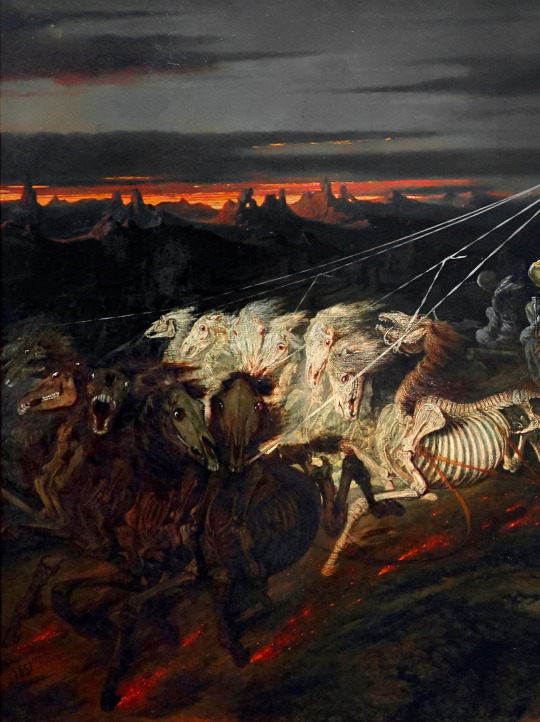
Details from The Chariot of Death, 1848 - oil on canvas.
— Théophile Schuler (French, 1821-1878)
422 notes
·
View notes
Text

The horses of Death, from The Chariot of Death by Théophile Schuler
#theophile schuler#the horses of death#the chariot of death#four horsemen#eschatology#revelations#horse skulls#macabre#the grim reaper
25 notes
·
View notes
Text

'The Chariot of Death'. Théophile Schuler. 1851.
24 notes
·
View notes
Text

"The Chariot of Death" from Théophile Schuler, 1848
20 notes
·
View notes
Text
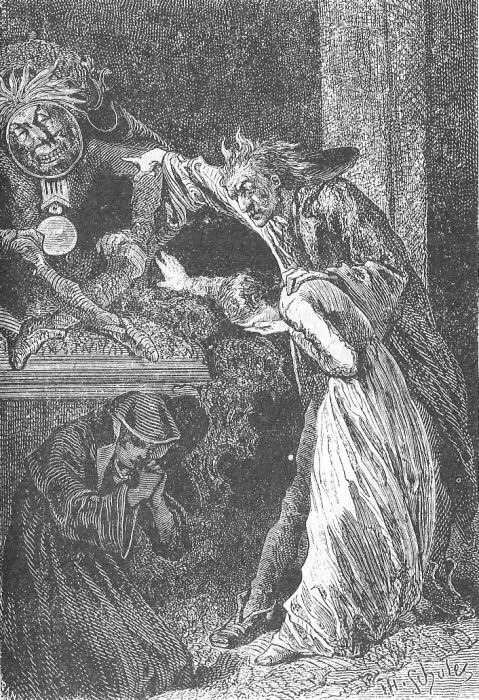
“See that man, he is Time! Your existence will be adjusted with absolute precision!”
The mad clockmaker Zacharius tries to hand his daughter off to the demonic Pittonaccio, in Jules Verne’s quirky short story Maitre Zacharius. Illustration by Théophile Schuler.
38 notes
·
View notes
Text
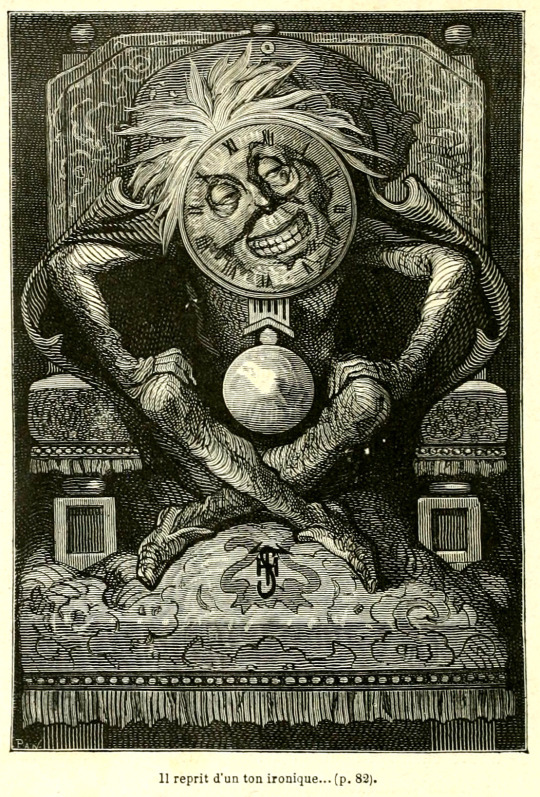
Théophile Schuler - ‘Vois cet homme! c'est le Temps…’, from “Le Docteur Ox” by Jules Verne, 1874.
12 notes
·
View notes
Text

Théophile Schuler (1821–1878)
The Chariot of Death
6 notes
·
View notes
Text

The Chariot of Death (1848) — by Théophile Schuler
1 note
·
View note

